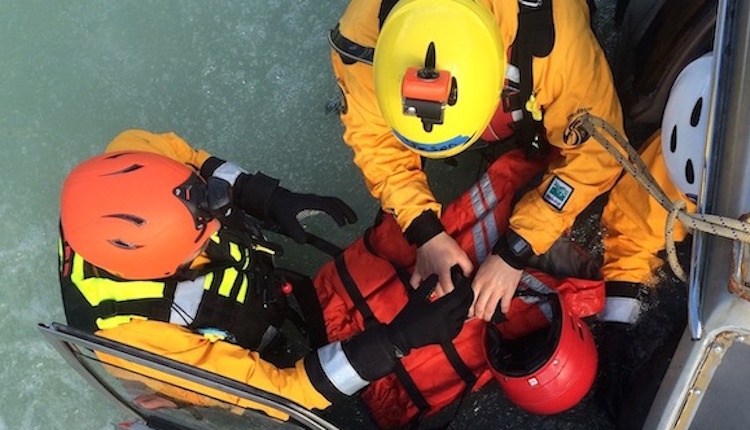
Water rescue plan and equipment in the US airports, the previous information document extended for 2020
The Federal Aviation Administration of the US (FAA) issued the guidelines for water rescue and equipment requirements through an Advisory Circular. In 2020, the FAA has extended the content of the 2010 AC for all the current year.
Inside the Advisory Circular, the Federal Aviation Administration of the US reports guidelines that help in meeting the requirements reported in Title 14 Code of Federal Regulations (CFR) §139.325, Airport Emergency Plan. As the AC reports at the beginning, the standards must be used for the development of new Airport Water Rescue Plans and to regulate the purchase of equipment.
AC on Airports Water Rescue and Equipment requirements in the US, nothing has changed
For airports certificated under part 139, the use of the guidelines and standards in this AC is mandatory. As the airports in the US had to adhere to those guidelines within a year since its issue, this year has been confirmed that the Advisory Circular won’t change and all the regulations have been extended.
Water Rescue Plan, how to prepare equipment and resources in prevision of a mission?
First of all, the Water Rescue Plan of the airport should include an inventory of what services, equipment capabilities, and facilities each agency will provide. then, define what locations and plans have to be followed to mobilize personnel and equipment.
The airport operator should maintain an inventory list and update it regularly in order to ensure that the necessary equipment and personnel are available. The water rescue plan should combine enough capacity to accommodate the maximum number of persons that can be carried on board the largest air carrier aircraft addressed to that kind of service.
First responders’ reaction: follow the Water Rescue Plan as listed in that precise Airport Emergency Plan. They have to describe the procedure for notifying airport personnel of an aircraft accident in the water or in the very nearby of it. Then, before the intervention, it is necessary to identify facilities, vessels, equipment, services, specialized teams, staffing and support that may be available to participate in a water rescue operation.
Teams of first responders must be specifically trained in the following courses with a demonstration of proficiency: First Responder certification, Boating Safety Course, water lifesaving course.
As for the equipment to prepare, the airport should disposes of a list of water rescue equipment maintained in inventory required in case of operations. The storage has to include storage location, quantities, sizes, type, inspection, maintenance, testing and replacement cycles. Indicate any personal equipment used. Many other observations can be found inside the official AC (link at the end of the article).
Procedures: where the first responders’ skills are really essential!
The first responder should follow the Incident Command System of the airport. As the rescue team arrives on the scene, the Incident Commander will establish a Command and complete an initial assessment of the situation in order to determine the action to be taken and the response required.
Until the incident is concluded, the Water Rescue Operations Chief will operate on the water as needed until the incident is concluded. Another topic to consider is the typical or seasonal conditions of the water hazards within
the water rescue plans response areas, like the water temperatures by season, with reference or link to Hypothermia survival tables.
Wildlife hazards to survivors and rescuers in the water or along shorelines. Significant currents, speed of water, waterfalls, dams, tributaries. Local hazards, i.e., High Voltage on instrument landing system (ILS) Piers, entanglement hazards, diving hazards, hazards to navigation. Tide heights extreme high and low, cycle.
Post response of Water Rescue Plan
In the case of loss of life or significant injuries, a Critical Incident Stress Debriefing (CISD) may be required. All equipment should be cleaned, dried and inspected after each use and then placed back into service. Professionals must observe infectious control procedures and, as soon as possible after responders have been relieved, they should provide a full accounting of the incident identifying actions, observations, concerns and recommendations.
After the incident, in order to provide a correct investigation operation, the data above will be helpful. Then, the update of water rescue plans and procedures with lessons learned during the incident.
READ ALSO
Water rescue dogs: How are they trained?
Some Georgia firefighters not trained in water rescue
Rescue Training in the Philippines to prevent flood-risk
SOURCE
Advisory Circular
REFERENCE
Airport water rescue plans and equipment AC 150/5210-13C: official extension document page


